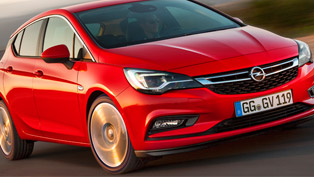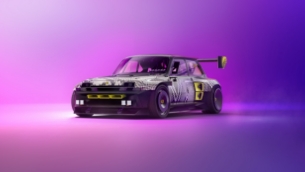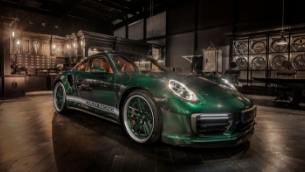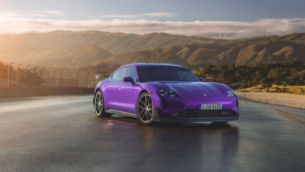Electric Turbochargers – Coming Soon
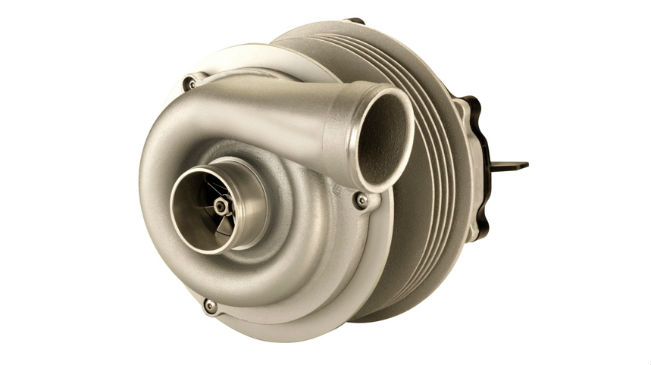 A very popular method that uses forced air induction to momentarily increase the horsepower of an internal combustion engine is turbocharging. This technique has been around for decades and hasn't changed a great deal until recently. Several manufacturers have announced that they are working on electrically-powered turbos. Before we explain why this is such an interesting advance, let's take a quick look at exactly how turbocharging works.
A very popular method that uses forced air induction to momentarily increase the horsepower of an internal combustion engine is turbocharging. This technique has been around for decades and hasn't changed a great deal until recently. Several manufacturers have announced that they are working on electrically-powered turbos. Before we explain why this is such an interesting advance, let's take a quick look at exactly how turbocharging works.
Engineers know that the speed and power of an internal combustion engine is limited by a number of factors. One of them, and a critical one, is the rate and pressure that fresh air can be drawn into the combustion chambers. Standard engines "pull" outside air into their combustion chambers by means of pistons sliding down and sucking the air in. This works fine for standard engines but when higher power is desired, one way of achieving it is to "push" in more air, instead of pulling it. And that's exactly what turbochargers do. This technique is often referred to as "forced induction". This is how it works:
A turbocharger is basically two fans connected together. On one end, it has a fan that is located in the exhaust manifold. When the engine is running, hot exhaust gases hit the fan blades and makes the unit spin very rapidly. On the other end is fan that sucks in the outside air and drives it down into the cylinders hence the term "forced induction". Essentially what you have is a dual fan device that takes energy from hot, moving exhaust gases and uses it to drive more fresh air into the combustion chambers. Turbochargers have been around for years and work quite well but have a limitation: it takes a second or so for a turbo to come up to speed when rapid acceleration is needed. This is called "Turbo Lag".
The folks at Audi tell us that it will have an electrically-driven turbocharger in 2016 models. Some journalists have referred to this as an e-turbo and it will be very interesting to see how well it works. The inherent advantage of an electrically-driven turbocharger is that it should have very little turbo lag. In fact, the engineers at Audi say the duration before boost is some .25 secs. This is essentially instanteous, much better than standard turbochargers. Astute readers will note that the best definition of this forced induction device might technically be an "e-supercharger" because no exhaust gases are involved but whatever way the industry goes electrically-driven forced induction is likely to catch on quickly. We suspect you will be seeing a lot of press soon concerning "e-Turbos".
Courtesy of: Team KIA
